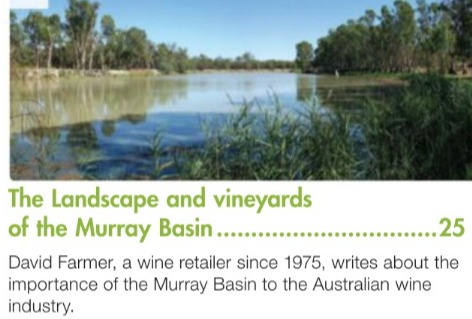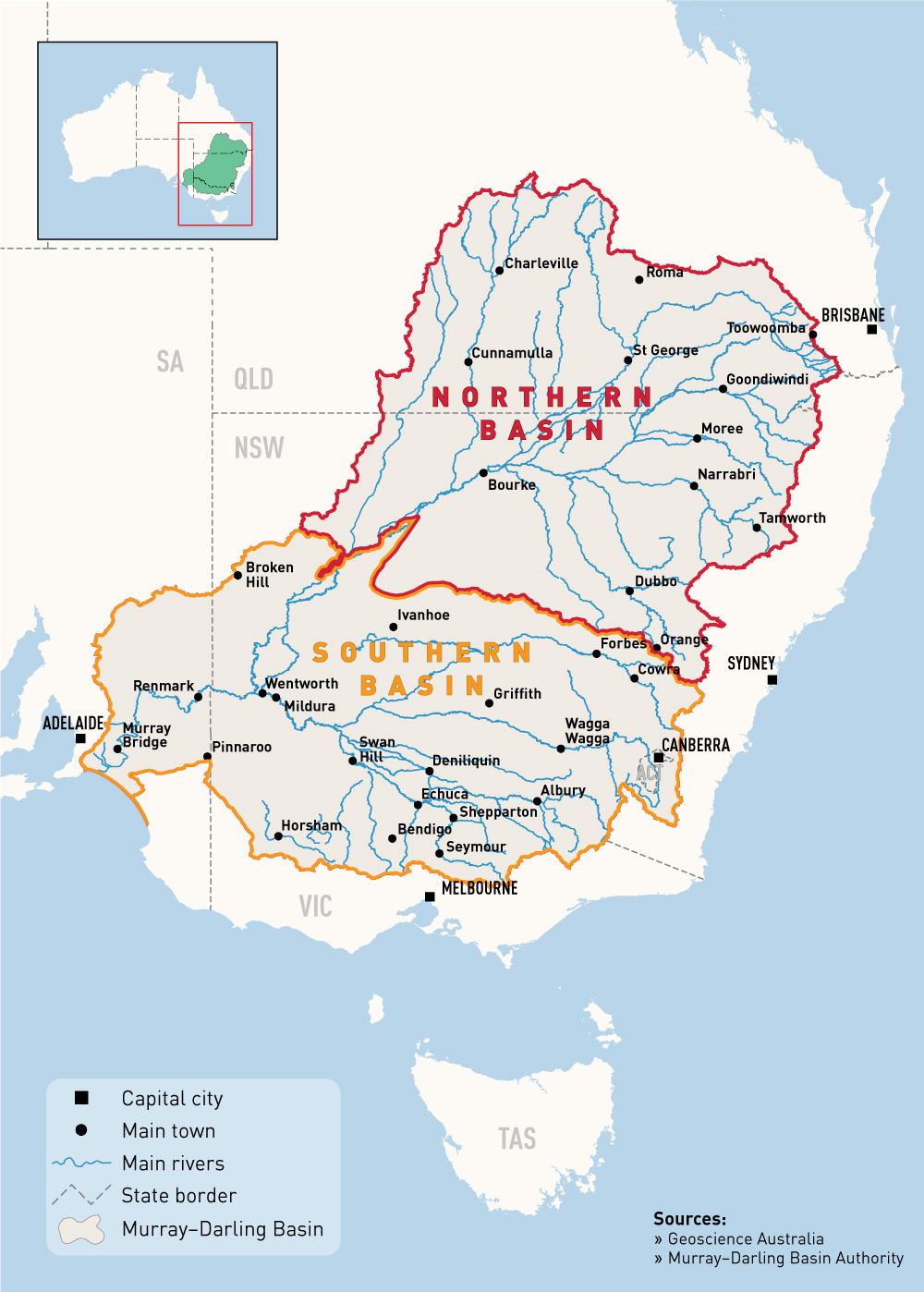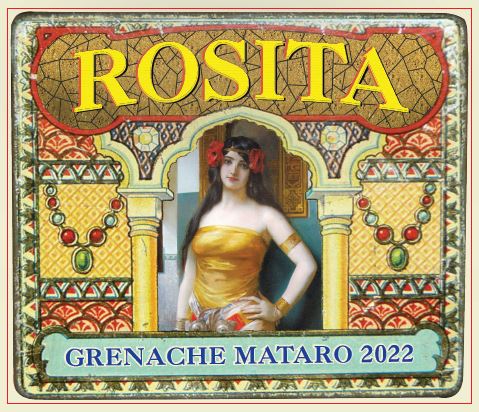David Farmer’s thoughts – Originally published in Grapegrower and Winemaker Australiaer May-June 2024
What contributors bring to a discussion of the ‘wine crisis’ is moulded by their working history. Mine is thinking sales and how to increase my share. The number 50 rolls over in 2025 and I can then say every day from mid-1975 my focus has been on one simple task; how to sell more bottles of Australian wine.
Articles by Croser, Clancy, Madigan, Purbrick, Smart et al list the issues which have created the large grape oversupply of almost 400,000 tonnes. Specifically poor export sales mean this surplus is steadily compounding.
To date little mention has been made of the role of sales and marketing and the vision of the One Sector Plan misses the No 1 topic, what is the perception of the Australian wine brand and how do we make it more appealing. Indeed, nothing can rank above how customers perceive brand Australia.
As well two aspects of the crisis story not discussed need to be considered.
Decades ago, the economist Dr Barry Hughes noted how sensitive wine exports were to the exchange rate. Ours is a minerals-based economy prone to periods of currency strength though it is disturbing that the current currency weakness has not helped exports.
The other is the endless financial engineering which has ripped the heart from Australian wine. What impact this has had on exports cannot be quantified, yet the endless changes in marketing and sales has weakened our long-term vision.
One example to illustrate. Rosemount was powering ahead in the U.S. and popped up on the cover of Wine Spectator at will. Finally absorbed for around $1.2 to $1.5 billion, Rosemount is now worth what, zero. They were the A team for sales. Destroy companies like Rosemount a dozen times as we have, and you get todays result.
Perhaps we are watching the final stages of this 50 years of upheaval as Accolade begets McGuigan and Jacobs Creek while Treasury ponders dividing the company. This also will not end well.
The articles by Croser, Clancy, Madigan, Purbrick, Smart et al highlight the range of issues and the meaning of two of these is troubling and is the focus of this contribution.
Why is wine quality divided into two halves and what is the meaning and relevance of Australia’s unique terroirs.
References to quality note a commercial sector and premium sector, premium and non-premium, fine wine and branded commodity wines, while the use of ‘inland grown grapes’ implies there is a non-inland group. The term industrial wine has also been used, often by visitors, to refer to commercial wines. A further division is cool climate versus warm climate though this does not directly equate with the other terms since both can discussed as premium.
The second is the use of the term terroir as part of the fine wine story particularly as used by Croser with the idea of ‘Australia’s unique terroirs’ and ‘distinguished sites’. These terms also relate to the view that premium wines reflect a sense of place, usually small in size, versus other vineyards and districts that presumably do not.
In the late 1990s I dusted off my early profession as a geologist to better understand the creation of wine flavours. I wanted to know how the taste of a wine linked back to the climate-weather and geography, the human influence of the grower-maker and what I call the X factor being the influence of the ground below the vines.
In The Landscapes and Vineyards of the Murray Basin, Australian and New Zealand Grower and Winemaker, No 621 October 2015, I asked why this uniform area of 300,000 square kilometres was not seen as an expression of a sense of place. I have found the wine quality to be excellent so if that is not the issue what is it?

An idea of the thinking at Wine Australia is shown in the press release of 16th January 2017 which was headlined, ‘$5.3 million to understand and refine the expression of Australian Shiraz terroir’.
‘Australia’s unique terroirs and how they influence wine style and quality is the centrepiece of a six-year, $5.3 million investment in new research and development (R&D) projects announced today by Wine Australia.
Dr Brian Croser AO, Deputy Chair of Wine Australia, said, ‘Australia makes wines of exceptional quality and finesse that reflect their provenance and terroir, but they don’t currently receive the international recognition they merit.
‘It is these wines that will most quickly elevate the image and reputation of all wines we produce. We are focused on building international recognition for our wines to increase demand and the price paid for all Australian wines.
‘We already know that unique Australian terroirs exist and that climate, topography, soil chemistry and soil physical properties are the most important factors contributing to the differences between wines from different sites.
‘What these projects seek to do is to understand how these environmental signals translate into physiological changes in grapevines that result in changes in berry composition and in turn result in the expression of terroir in wines.
‘When we understand how these environmental signals work, we can then understand how winegrowers can refine the expression of terroir and uniqueness in their vineyards, so that they can produce wines that express their unique terroir with greater confidence and obtain the premium such wines warrant.
‘We have focused on Shiraz because this is the variety that predominates in Australia. Shiraz is the most planted variety, with 26 per cent of Australia’s vineyard area; we have the oldest Shiraz vines in the world; and 40 per cent of Australia’s exports valued at more than $10 per litre FOB are Shiraz.
Finally, Dr Croser said, ‘This is the most exciting and insightful research project I have seen undertaken in the Australian wine community in my 40-year involvement’.
This project had problems since the underlying reasoning is problematical as it asks scientists to prove something that does not exist. Terroir is an advertising slogan developed by the French. Furthermore the press release implies that chemical compounds to do with tastes consumers can recognise will be discovered and these will be unique to Australia as in ‘Australia’s unique terroirs’.
Since geography is infinitely variable it follows that every patch of ground on earth and thus all vineyards are to some degree or other unique. As the differences between adjoining vineyards is small it follows that if they spread out to cover all the land surfaces, they would be gradational to each other.
Naturally such an imaginary surface is interrupted by unfavourable terrain or oceans. Since weather-climate is ubiquitous this also makes any influence gradational so for example warm climate vineyards are gradational between cool climate vineyards.
The only way a vineyard or district can claim to be unique is if the ground below the vines has chemical characters that are not found elsewhere. Such places do exist yet the vine being the same as other plants only use the same basic elements, available anywhere, or else applied as fertiliser, to set fruit. Thus, any such chemical differences are of no use.
However, there are uncommon geographical locations, limited in size, like the Grand Cru slopes of Chablis, which do have a recognised status for producing superior fruit. In this case geography makes the wine and in cooler regions this is about capturing warmth.
The Wine Australia press release of 2017 progressed to the final report being handed to Wine Australia in September 2022. This being Project No UA 1602 by Cassandra Collins and Paul Petrie and another 10 scientists.
Titled, Notes on the Terroir Study of the Barossa, the studies aim was, Understanding the drivers of terroir in the Barossa and Determine the marker compounds or chemical profiles for regionality/unique Australian Barossa Shiraz wines.
To summarise the scientists were asked to investigate a unique terroir even though, as expressed, terroir is a French marketing term and so cannot be defined. As well the only uniqueness a piece of land can show, in this case classified as a wine district, is if the geography-landscape alters the prevailing weather in a way that makes the taste impossible to duplicate at any other site on earth.
What this report tells us is best left to another place though it is hard to imagine another study will ever be needed and this report does not change the viewpoint set out above. What the report does is reveal the thinking behind the marketing of Wine Australia for the last six years.
Briefly.
Customers are not interested in the technical aspects of wine like the search for unique terroirs. And cannot taste the differences said to exist between premium and commercial.
I had great success selling large quantities of Murray Basin wines, particularly over the period 1996 to 2003, when the main source was the Griffith region.
Thus I am in favour of the Australian Commercial Wine Producers (ACWP) since I see the Murray Basin as the engine of Australian wine, a country with ambition, rather than the prevailing Wine Australia view of a cottage industry propped up with taxpayer support (refer Clancy, Wine Business Monthly 16th Feb 2024).





